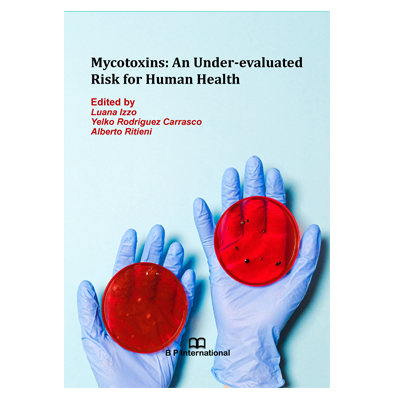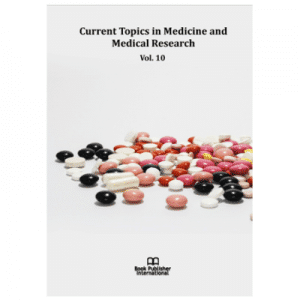The growing interest in the consumers’ Health Risks associated with mycotoxigenic fungi and their mycotoxins has led to the development of several research projects during the past decade in several European countries. All these efforts have generated a great deal of information on the natural occurrence of these unwanted contaminants in raw foods, feeds, vegetables, and transformed foods and, consequently, to evaluate human exposure to these natural toxins in human samples like biological fluids. Contaminants are chemical substances that pose a serious risk to animal and human health. These substances have not been intentionally added to food or feed and may be occurring as a result of the various stages of its field production, food processing, transport, or food storage and may result from environmental contamination or from the low quality of foods or the management of part or entire food chains.
The main emphasis of the present book is to collect effective, rapid, and reproducible methods, which can be easily applied to the identification of mycotoxins in routine food analysis.
Among the various available method approaches used in the pretreatment of samples, the QuEChERS (quick, easy, cheap, effective, rugged, and safe) approach represents is largely employed to extract different groups of compounds and represents the most frequently used pretreatment technique in foods analysis.
The most frequent analytical methods adopted by research laboratories and surveillance government agencies are based on liquid chromatography coupled with MS. The use of ultra-high-performance liquid chromatography (UHPLC) provides higher sensitivity, a reduction in mobile phase consumption with consequent reduction of the environmental impact of analyses, and an increase in resolving power and peak shape. High-resolution mass spectrometry (HRMS) provides sensitive and specific measurements for the quantification of targeted compounds, with the additional features of making retrospective data analysis and the identification of untargeted compounds based on exact mass measurements.
This volume provides a detailed overview of the occurrence of mycotoxin and other contaminants in vegetables, foods, food supplements, and biological fluids that can serve as a basis for risk management-based regulatory decisions in charge of public institutions to shield consumers’ health.
The main aim of this book is to highlight the practical aspects of mycotoxin contamination highlighting the importance of monitoring the quality of sources and moulds in order to protect consumers’ health.
Careful attention is given to the understanding of toxicity and its impact on the performance of animals exposed to mycotoxin-contaminated feedstuffs.





